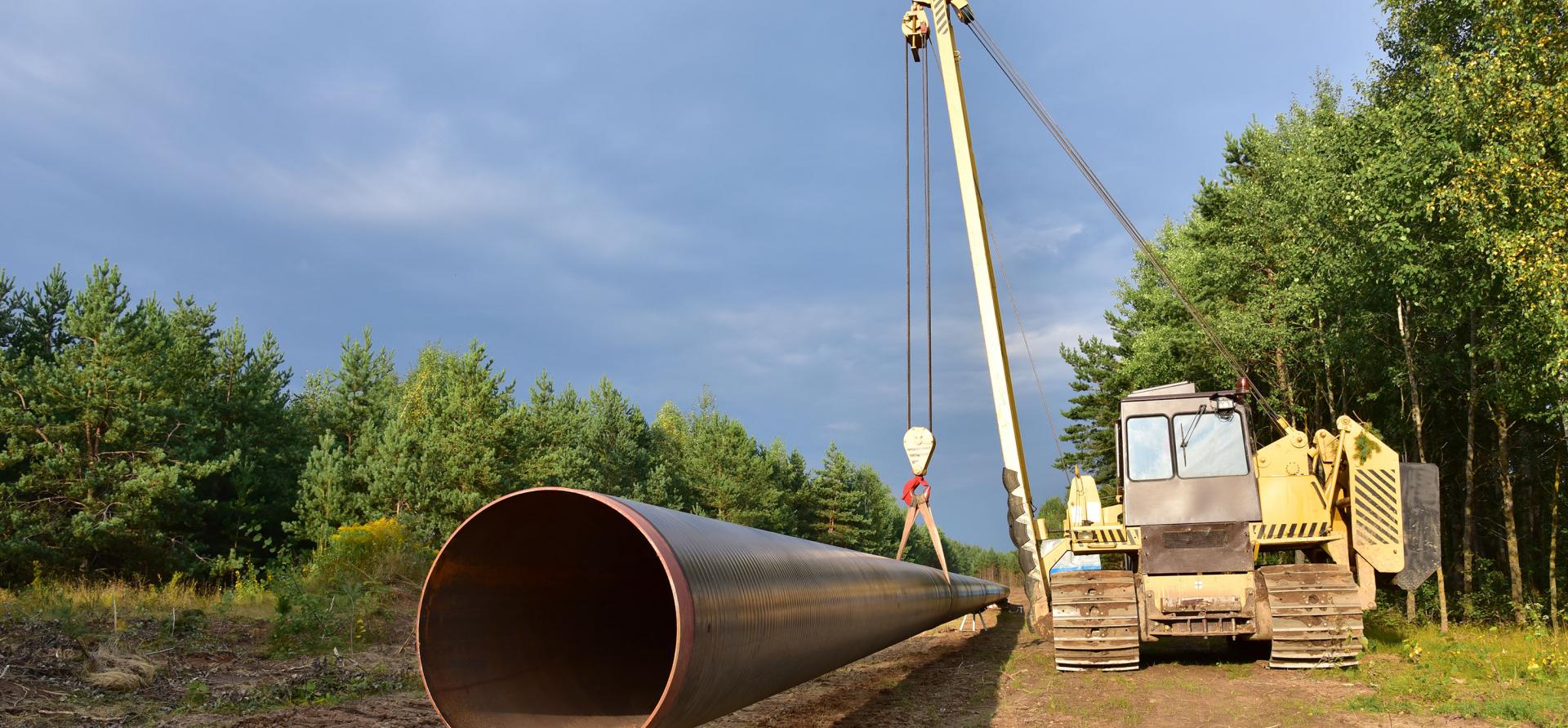Tamboran seeks more funds for Beetaloo gas search

Key Findings
Tamboran Resources hopes to raise funds via the New York Stock Exchange (NYSE) to support its search for gas beneath the Beetaloo basin in Australia’s Northern Territory.
Gas will play a dwindling role in Australia’s energy mix amid growing adoption of renewables, while export markets face an increasingly uncertain future with global supply gluts forecast for both LNG and oil.
Tamboran’s plans for the Beetaloo would require large amounts of investment, but it has set highly optimistic projections for its construction timeline, and has limited experience in a project of this scale.
This analysis is for information and educational purposes only and is not intended to be read as investment advice. Please click here to read IEEFA Australia’s full disclaimer.
Australian gas explorer Tamboran Resources is seeking cash injections again to finance its ambition of finding commercial quantities of gas deep below the Beetaloo basin in the Northern Territory (NT). This time, however, it is pursuing an initial public offering (IPO) on the New York Stock Exchange (NYSE), after waving goodbye to the Australian equity market as its primary home in late 2023.
Tamboran has long relied on US investors, most of whom are veterans of the shale gas and oil business that has upturned the supply and demand fundamentals of the US energy market in the past two decades. Now, the likes of Tamboran’s largest shareholder Scott Sheffield are hoping for a repeat act in Australia.
However, the energy markets in both countries are entirely different. US shale gas was able to find domestic demand from power plants, with gas taking significant market share from coal when US gas prices became more competitive with coal prices. The US shale gas sector has been operating for around 20 years. During this time renewable energy has become more competitive with fossil fuel generation, with the cost of solar photovoltaic (PV) falling 88.9% from 2010 to 2022, and onshore wind down 69% over the same period.
This is also the case in Australia, where renewables have increased from 8.6% of power generation in the national electricity market (NEM) in 2010 to 36.8% in the first five months of this year. This is targeted to reach 82% by the end of the decade as part of an energy transition policy by the Australian government.
The growth of renewables has diminished the role of gas in the electricity generation system, declining from 11.5% in 2010 to 4.7% so far this year. This leaves gas as a support act in Australia’s electricity system, providing back-up to dominant renewable-based generation networks. And yet Tamboran is pushing the narrative that gas from the Beetaloo basin is required to meet demand from the switching of coal to gas-fired power plants, without providing any details on which specific markets are intending to do this.
IEEFA updated its Global LNG Outlook in April 2024, forecasting that current liquefied natural gas (LNG) projects sanctioned for development equate to an increase of global export capacity of 193 million tonnes per annum (mtpa) or 40%, from 474mtpa at the start of 2024 to 666.5mtpa by the end of 2028. This represents the largest ever expansion of LNG export capacity. Not all of this expansion is matched by long-term purchase agreements with utilities or other large gas users, which creates uncertainty about whether all of the future LNG cargoes will find a home.
Furthermore, on 12 June, the International Energy Agency (IEA) forecast an oil supply glut by the end of the decade, due to overproduction and a fall in oil demand stemming from the take-up of electric vehicles (EVS), particularly in China, and from more people working from home instead of commuting to an office each day. As a consequence of this glut, oil prices are projected to fall, and this is not good for gas prices. The majority of long-term LNG purchase contracts are linked to oil prices, so a significant price decline will place added pressure on the economic viability of high-cost LNG projects.
This is the category into which many of Australia’s LNG projects fall, so the prospect of another high-cost Australian LNG project – as proposed by Tamboran – is risky for financiers and investors. The heart of Tamboran’s Beetaloo gas ambitions is its 6.9mtpa Northern Territory LNG (NTLNG) export plant at the contentious proposed Middle Arm Sustainable Development Precinct, which does have the word ‘sustainable’ in it but is so far devoid of any plans to develop low-emissions activities. Tamboran has ambitions to expand NTLNG to 20mtpa. This will require a lot of gas drilling.
Recently Tamboran was given approval to drill 15 wells in the Beetaloo basin – largely at depths of more than 3,000 metres. It estimates in its IPO document that each well currently costs USD26 million (AUS39 million) to drill, amounting to a total of AUD585 million if they drill all the wells. Tamboran had USD25.4 million in the bank at 31 March 2024 – not enough to drill one well, unless it has been able to reduce expenses in the interim.
Tamboran has plans to drill up to 200 wells starting from 2026, which would add up to a total of AUD7.8 billion based on current well costs. This would be the number of wells that Tamboran would have to drill and develop, assuming it actually has commercial gas reserves, for an LNG plant. This excludes the costs of construction of the midstream liquefaction plant in Darwin and the 600km pipeline to connect the Beetaloo to Darwin.
Tamboran is looking to commission the first train at NTLNG in 2030, according to its IPO document. This is quite a heroic target, given the lengthy wait for developing complex gas projects from initial gas discovery to development. Woodside is developing the Scarborough gas field, which was discovered in 1979, and Santos is developing the Barossa gas field, which was discovered in 2006. The only exception to this decades-long gas-discovery-to-development timeline in Australia is the seven-year turnaround of the first Pluto gas field in the Carnarvon basin, offshore Western Australia.
Tamboran, however, has no commercial gas reserves, and it has only drilled four wells as an operator and participated in another two wells, which is hardly sufficient to claim it can be Australia’s next new LNG producer – especially given that only one of the four wells, Shenandoah South 1H (SS1H), is currently a productive well “capable of producing sufficient quantities of gas to justify completion”. Moreover, the well was only tested for flowing gas over a 90-day period, which is hardly a robust testing period when asking investors for hundreds of millions and possibly billions of dollars for a project that is planned to produce gas for 20 years.
Global gas companies are already sitting on untapped gas resources in their balance sheets, which will not be needed, according to the IEA, if the world is going to meet its emissions targets of limiting global warming to 1.5°C by 2050. In a period when global gas markets are heading towards a surplus, the vast sums of money required to determine whether there are commercial gas reserves 3km below the Beetaloo, as well as the billions needed for infrastructure to transport the gas to market, will all require careful consideration by investors.















